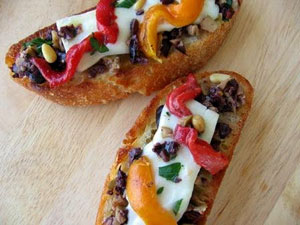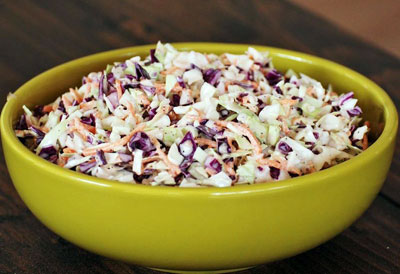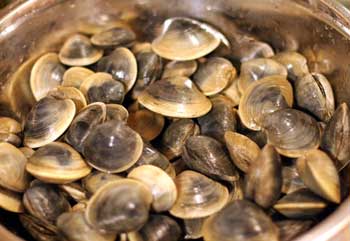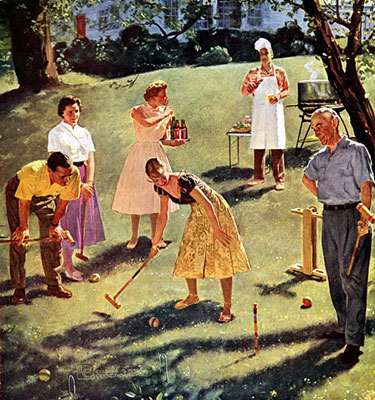 Bruschetta and crostini? What's the difference?
Bruschetta and crostini? What's the difference?
They’re both wildly popular, easy-to-make Italian appetizers of toasted bread with toppings.
In my family, bruschetta was toasted bread rubbed with garlic and topped with olive oil, tomatoes, and basil, while smaller slices of toasted bread with various toppings were called crostini.
I wanted to provide you with a more thorough explanation of the difference between the two, so I explained to Jeff that we needed to take a trip to Italy to conduct research for my blog. However, out plans fell through. So instead I just Googled it.
Brushcetta, from the Italian "bruscare," which means "to roast over coals," refers to the bread, not the toppings. Rather large slices of bread are grilled, rubbed with garlic, then drizzled with olive oil. They are usually topped with tomatoes and basil, though other toppings from meats to vegetables can be used.

 It’s hard to believe that we’re already approaching Labor Day weekend – the summer just flew by. According to the Hearth, Patio & Barbecue Association (HPBA), Labor Day is one of the most popular holidays for barbecuing - after 4th of July and Memorial Day.
It’s hard to believe that we’re already approaching Labor Day weekend – the summer just flew by. According to the Hearth, Patio & Barbecue Association (HPBA), Labor Day is one of the most popular holidays for barbecuing - after 4th of July and Memorial Day. Ribs are undoubtedly a cornerstone of American summer barbecues, especially in the South where it's practically an art form. Die-hard 'cue masters will argue there's a difference between barbecue and grilling. And there is: Barbecue is a low and slow process of cooking meat in a smoky humid environment.
Ribs are undoubtedly a cornerstone of American summer barbecues, especially in the South where it's practically an art form. Die-hard 'cue masters will argue there's a difference between barbecue and grilling. And there is: Barbecue is a low and slow process of cooking meat in a smoky humid environment. Many years ago, my mother-in-law’s niece made a trip to England. She brought two gifts back for my mother-in-law — a Bone China tea cup and saucer and a cookbook. I was the lucky daughter-in-law who got both of her English treasures after she died.
Many years ago, my mother-in-law’s niece made a trip to England. She brought two gifts back for my mother-in-law — a Bone China tea cup and saucer and a cookbook. I was the lucky daughter-in-law who got both of her English treasures after she died. What a perfect time to declare it to be New England clam chowder week because the temperature here in Maine has been zero degrees at night and the wind has been a howling! Recipes for chowder are pretty personal around here. Some old salts would never use rendered bacon fat to sauté their onions in, they'd stop listening to you, roll their eyes and turn up their noses. Salt pork is how the old timers started chowder, period. Quahogs, not likely, either.
What a perfect time to declare it to be New England clam chowder week because the temperature here in Maine has been zero degrees at night and the wind has been a howling! Recipes for chowder are pretty personal around here. Some old salts would never use rendered bacon fat to sauté their onions in, they'd stop listening to you, roll their eyes and turn up their noses. Salt pork is how the old timers started chowder, period. Quahogs, not likely, either.
